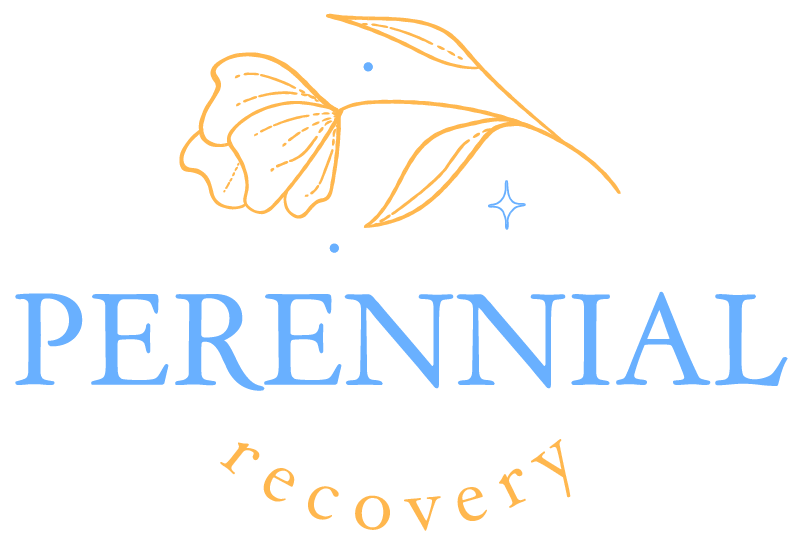
Understanding Sober Living Homes
Sober living homes play a vital role in supporting individuals on their journey to recovery from substance abuse. Understanding the concept of a sober living home involves delving into what these residences entail and the underlying purpose they serve.
What is a Sober Living Home?
A sober living home, sometimes referred to as a halfway house, is a transitional living environment designed to provide a safe and structured space for individuals recovering from addiction. These homes offer a supportive and drug-free setting where residents can focus on rebuilding their lives and maintaining sobriety.
Essential Characteristics of Sober Living Homes
Safe and Drug-Free Environment
Structured Living Arrangements
Peer Support and Accountability
Regulatory Oversight for Resident Safety
Integration of Sober Living Principles
Purpose of Sober Living Homes
The primary purpose of sober living homes is to offer a continuum of care for individuals post-rehabilitation. These residences serve as a stepping stone between formal treatment programs, such as inpatient rehab, and independent living. By providing a structured and supportive environment, sober living homes help residents navigate the challenges of early recovery and transition back into society.
Key Objectives of Sober Living Homes
Facilitate Continued Recovery
Foster Personal Growth and Accountability
Promote Healthy Coping Strategies
Build Community and Fellowship
Prevent Relapse and Sustain Sobriety
Understanding the essence of sober living homes involves recognizing their role in promoting long-term recovery, encouraging positive lifestyle changes, and fostering a sense of belonging within a sober community. Through a combination of peer support, structured living arrangements, and accountability, sober living homes aim to empower individuals in their journey towards sustained sobriety and improved well-being.
Structure of Sober Living Homes
Sober living homes are designed to provide a structured and supportive environment for individuals in recovery from substance abuse. The structure of these homes plays a crucial role in helping residents maintain sobriety and work towards long-term recovery. This section will explore the rules and regulations as well as house management aspects of sober living homes.
Rules and Regulations
To ensure a safe and conducive environment for residents, sober living homes have specific rules and regulations in place. These guidelines are aimed at promoting accountability, maintaining sobriety, and fostering personal responsibility among residents. Some common rules and regulations found in sober living homes include:

By adhering to these rules and regulations, residents of sober living homes can cultivate a sense of discipline, accountability, and commitment to their recovery journey.
House Management
House management plays a vital role in the effective operation of sober living homes. Responsible for overseeing the day-to-day functioning of the home, house managers ensure that residents abide by the rules, address any conflicts that may arise, and provide support when needed. The key responsibilities of house management include:

Effective house management is essential for creating a nurturing and structured environment that empowers residents to achieve sobriety, develop life skills, and work towards rebuilding their lives positively.
Benefits of Sober Living Homes
Sober living homes offer a range of benefits that contribute to the overall well-being and success of individuals on their journey to recovery. These benefits include providing a supportive environment, fostering accountability and responsibility, and building a sense of community and fellowship among residents.
Supportive Environment
One of the key advantages of sober living homes is the creation of a supportive and structured environment for individuals recovering from substance use disorders. These homes offer a safe and sober living space where residents can find the encouragement and assistance they need to maintain their sobriety. The presence of house rules and regulations, along with the guidance of house managers, helps residents stay on track and develop healthy habits.
Accountability and Responsibility
Sober living homes promote accountability and responsibility among residents by encouraging active participation in the maintenance of the household and adherence to set guidelines. Residents are accountable for their actions and behaviors, fostering a sense of personal responsibility that is vital to the recovery process. By holding residents accountable for their commitments and progress, sober living homes instill a sense of self-discipline and empowerment.
Community and Fellowship
Another significant benefit of sober living homes is the sense of community and fellowship they provide. Residents have the opportunity to connect with others who are on a similar path to recovery, fostering a supportive network of peers who understand and empathize with their challenges. The communal living setting encourages social interactions, peer support, and the sharing of experiences, creating a sense of camaraderie and belonging that can be crucial to maintaining long-term sobriety.
In summary, sober living homes offer a supportive environment, promote accountability and responsibility, and foster a sense of community and fellowship among residents. These benefits work together to create a positive and empowering atmosphere that aids individuals in their recovery journey and equips them with the tools and resources they need to achieve lasting sobriety.
Admission and Stay
When considering admission to a sober living home, certain criteria must be met to ensure the individual’s readiness for a supportive living environment. Additionally, understanding the typical length of stay in a sober living home is essential for effective transition and recovery.
Admission Criteria
Admission into a sober living home involves specific criteria that individuals must meet to enter and benefit from the structured environment. These admission criteria may include:

By adhering to these admission criteria, individuals can set themselves up for success in a sober living home environment, fostering a community of support and mutual encouragement.
Length of Stay
The length of stay in a sober living home can vary depending on individual needs, progress in recovery, and personal circumstances. While there is no strict timeline for how long a resident should stay, the average length of stay in a sober living home ranges from a few months to a year or more.

The flexible length of stay in sober living homes allows residents to tailor their recovery journey according to their progress and personal goals, providing a supportive and structured environment for sustained sobriety.
Services and Support
Within a sober living home, residents have access to a range of services and support systems designed to aid in their journey towards recovery and sobriety. These encompass counseling and therapy, skill development programs, and relapse prevention strategies.
Counseling and Therapy
One of the fundamental components of support within a sober living home is counseling and therapy. Professional counselors and therapists are available to residents to provide individual and group therapy sessions. These sessions aim to address the underlying issues contributing to substance abuse, develop coping strategies, and foster emotional well-being.
Skill Development Programs
In addition to counseling and therapy, sober living homes offer skill development programs to equip residents with the tools necessary for a successful transition back into society. These programs may include vocational training, educational opportunities, and life skills workshops. By enhancing residents’ skill sets, sober living homes empower individuals to rebuild their lives post-recovery.
Relapse Prevention Strategies
Preventing relapse is a crucial aspect of the services and support provided in sober living homes. Residents are equipped with relapse prevention strategies through education, coping mechanisms, and personalized plans tailored to their specific needs. By addressing triggers, building healthy habits, and fostering resilience, residents can navigate challenges and minimize the risk of relapse.
By incorporating counseling and therapy, skill development programs, and relapse prevention strategies into their services, sober living homes offer residents a holistic approach to recovery and support. These services work in tandem to address the physical, emotional, and psychological aspects of addiction, empowering individuals to build a foundation for a healthier and substance-free future.
Cost and Financing
When considering residing in a sober living home, understanding the associated costs and financing options is crucial. This section will delve into the various financing options available for individuals seeking to stay in a sober living home and provide a breakdown of the costs involved.
Financing Options
Sober living homes offer different financing options to accommodate the diverse financial circumstances of residents. Here are some common financing options available:

Selecting the most suitable financing option is pivotal in ensuring that individuals can access the support they need without undue financial burden.
Cost Breakdown
The cost of residing in a sober living home can vary based on several factors, including location, amenities, and services provided. Below is a general breakdown of the typical costs associated with sober living homes:

It is essential for individuals considering a sober living home to inquire about the specific costs and payment structures of the facility they are interested in. Understanding the cost breakdown can help residents make informed decisions and plan financially for their stay in a supportive sober living environment.
Success Rates and Outcomes
In the realm of sober living homes, tracking progress and setting long-term recovery goals play a pivotal role in determining the success rates and outcomes for individuals on the path to sobriety.
Tracking Progress
Effective tracking of residents’ progress in a sober living home is vital for monitoring their journey towards sobriety. By implementing structured assessment tools and regular check-ins, house managers and counselors can gauge residents’ adherence to house rules, participation in therapy sessions, and overall commitment to their recovery process.
Tracking progress can also involve monitoring key metrics such as:

Maintaining detailed records of residents’ progress helps identify any challenges or areas that require additional support, allowing for timely interventions and adjustments to their recovery plans.
Long-Term Recovery Goals
Setting long-term recovery goals is essential for residents of sober living homes to envision a sustainable and sober future. These goals are personalized to each individual’s needs and aspirations, serving as guiding milestones throughout their recovery journey.
Long-term recovery goals may include:

Residents work collaboratively with counselors and house managers to establish realistic and achievable long-term recovery goals. Regular reviews and adjustments to these goals ensure that residents stay focused, motivated, and aligned with their overarching objectives of sustained sobriety and holistic well-being.
By closely monitoring progress and fostering a culture of goal-setting and achievement, sober living homes contribute to positive outcomes and successful long-term recovery for individuals seeking a supportive environment on their journey to sobriety.
Sources
https://www.addictioncenter.com/treatment/sober-living-homes/
https://www.ncbi.nlm.nih.gov/pmc/articles/PMC3057870/
https://www.verywellmind.com/what-is-a-sober-living-house-5496284




